How do fossils form?
The Jurassic Sea was populated by a variety of animal species. The landmark of the Geopark, the ammonite, is probably the best known representative. We know about their existence thanks to a remarkable process: fossilisation. When the animals died, they sank to the seabed. The organic material was eaten by other sea creatures or broken down by bacteria. The wonderfully well-preserved fossils in the Posidonia Shale are exempt from this process. They are described separately in the Lower Jurassic. The remaining components were gradually integrated into the sediment, and the cavities were partially filled with fine-grained silt. Over millions of years, new calcareous clays formed in thick layers. These were compressed by the uplift pressure. In this way, the rock that we know today as limestone was formed. The fossils remained enclosed in it. Sometimes even traces of burial, eating or movement, the so-called trace fossils, have been preserved.
Fossils have been excellently preserved not only in the sea, but also in lake sediments, such as in the Steinheim Basin, Höwenegg and Randecker Maar. As a result, we also know how land animals lived at that time.
There are rarely remains of the fossils' original material, but very often the shape is preserved in detail and still provides information about the living conditions of their time, even after millions of years. As index fossils, they even help to determine the relative age of rocks.
Photos for comparison and identification of fossils can be found in the respective section.
"Tropical Lagoons and pieces of a puzzle": Fossils from the Nusplingen Platy Limestones
"Lower Jurassic - Fossils in black": Fossils from the Posidonia Shale.
Unusual fossil finds must be reported to the Stuttgart Natural History Museum. The link to the "Naturportal Südwest" can be used for this purpose. Identification aids can also be found there.
-
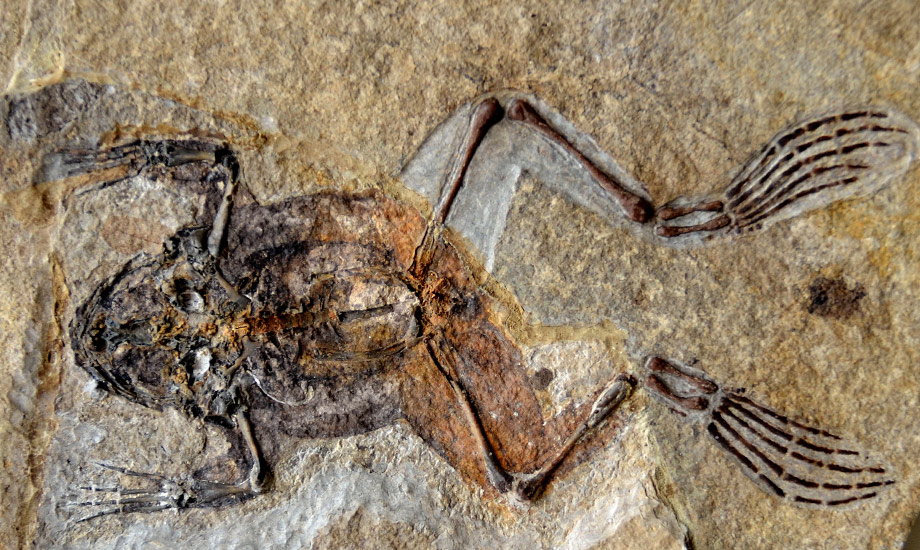 How do fossils form?
How do fossils form? -
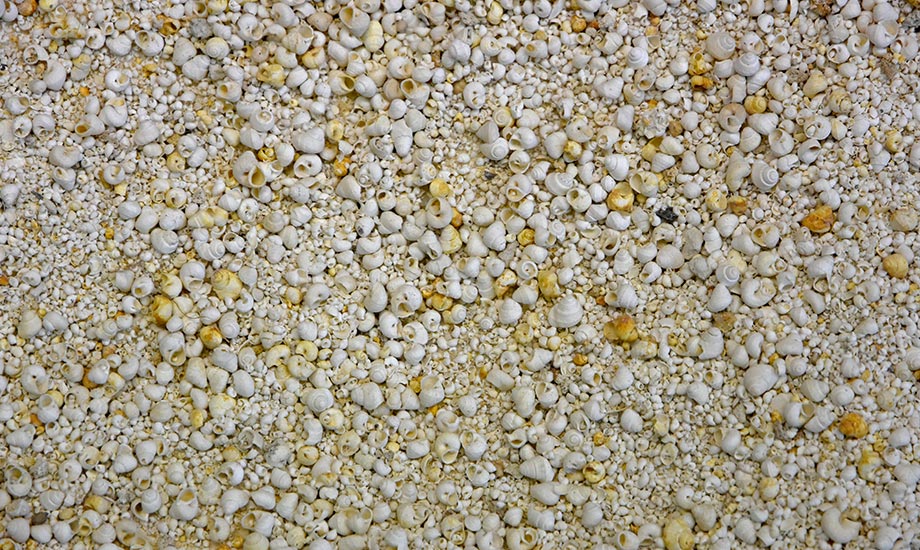 © Reiner EnkelmannFossile Schnecken aus den Seesedimenten des Steinheimer Meteoritenkraters. (en)
© Reiner EnkelmannFossile Schnecken aus den Seesedimenten des Steinheimer Meteoritenkraters. (en) -
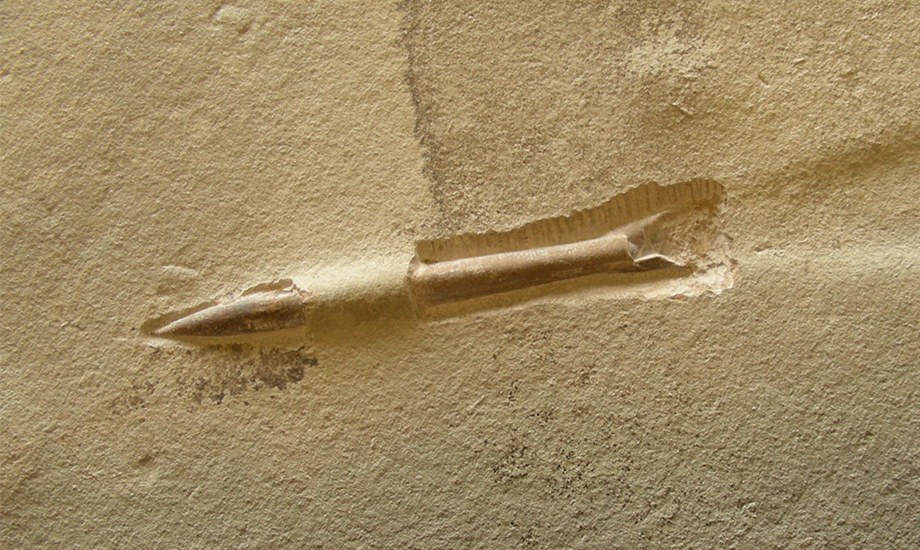 © Günter SchweigertSkeletal part (rostrum) of a belemnite
© Günter SchweigertSkeletal part (rostrum) of a belemnite -
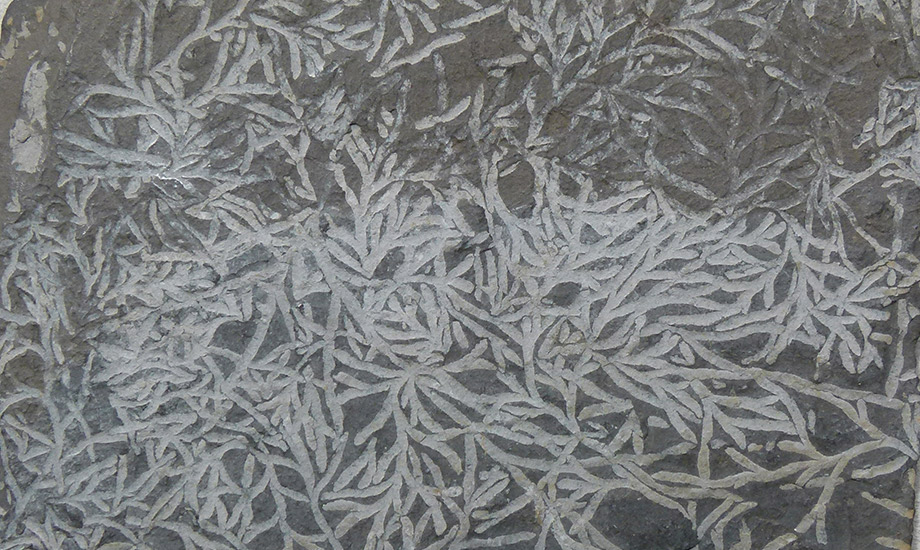 © Günter SchweigertTrace fossils are not fossils in the classical sense, but traces of movement, eating or living structures of animals preserved in the sediment.
© Günter SchweigertTrace fossils are not fossils in the classical sense, but traces of movement, eating or living structures of animals preserved in the sediment. -
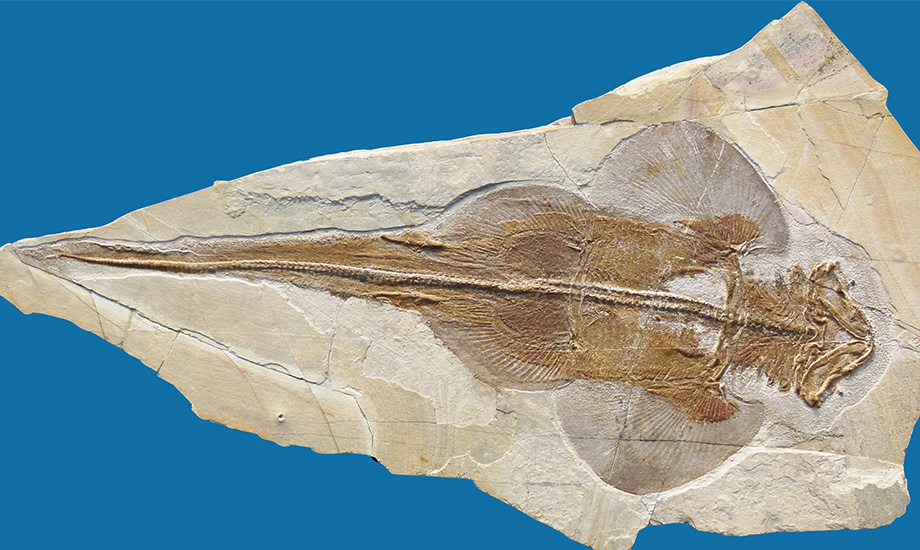 © Günter SchweigertAngel shark from the Nusplingen plate limestones.
© Günter SchweigertAngel shark from the Nusplingen plate limestones. -
 © Reiner EnkelmannFossil frog from the lake sediments of the Randecker Maar.
© Reiner EnkelmannFossil frog from the lake sediments of the Randecker Maar.
More on the topic
-
mit Beispielbildern zum Bestimmen
 Tropical lagoons and pieces of a puzzle
Tropical lagoons and pieces of a puzzle -
mit Beispielbildern zum Bestimmen
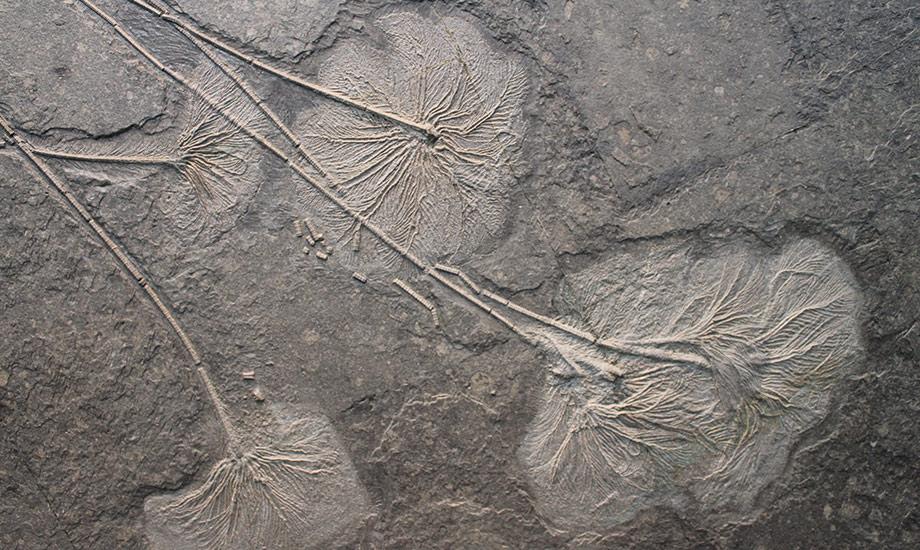 Lower Jurassic - fossils in black
Lower Jurassic - fossils in black